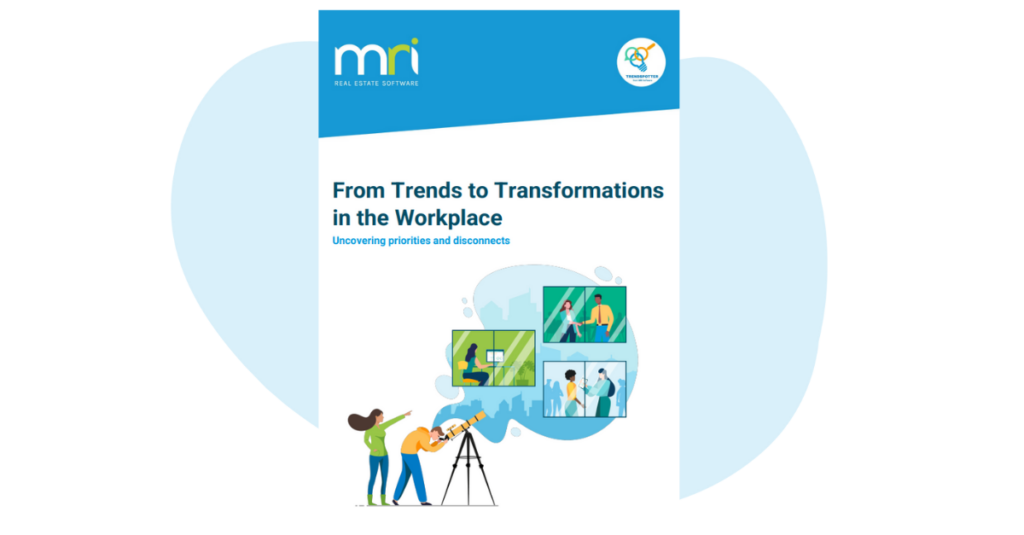10 Important Facility Management KPIs
This guide will teach you about some of the top facility management KPIs (Key Performance Indicators) you should track to increase business efficiency. As a facilities manager, keeping track of these metrics can help you monitor and improve your facility’s performance. From the backlog of deferred work orders to asset condition KPIs, we’ll explore the essential metrics that will keep you accountable and help your facility thrive.
Facilities Management Performance Metrics
Facilities management performance metrics are essential for measuring the effectiveness and efficiency of your facility’s operations. By tracking these metrics, you can identify areas of improvement, set benchmarks, and make data-driven decisions to optimise your facility’s performance.
The Top 10 Facilities Management KPIs You Need to Know
To ensure your facility is running smoothly, here are the top 10 facility management KPIs you should be tracking:
1. Backlog of Deferred Work Orders
The backlog of deferred work orders is a critical KPI that measures the number of pending maintenance or repair tasks that have not been addressed within a specific timeframe. A high backlog indicates a potential delay in addressing important issues, which can impact the overall performance of your facility.
2. Average Time to Work Order Completion
This KPI measures the average time taken to complete work orders. It helps you assess the efficiency of your maintenance team and identify areas where improvements can be made. By reducing the average time to work order completion, you can enhance response times and minimise disruptions in your facility’s operations.
3. Assigned Work Orders
The number of assigned work orders is a valuable KPI that provides insight into the workload distribution within your facility. Tracking this metric helps you understand the volume of tasks being allocated to your team members and ensures that work is evenly distributed, preventing any individual from being overwhelmed with excessive assignments.
4. Active Work Orders
Monitoring the number of active work orders gives you a real-time view of the maintenance tasks currently in progress. This KPI enables you to manage and prioritise ongoing work efficiently, ensuring that critical issues are promptly addressed while minimising downtime and disruptions.
5. Completed Work Orders
The number of completed work orders is a crucial KPI that showcases the productivity and effectiveness of your maintenance team. By tracking this metric, you can measure their performance, identify bottlenecks, and implement strategies to enhance productivity.
Preventive Maintenance KPIs
Preventive maintenance plays a vital role in maintaining the optimal condition of your facility’s equipment and systems. Here are three important KPIs related to preventive maintenance:
6. Total Cost of Equipment
Tracking the total cost of equipment helps you assess the expenses associated with maintenance and repairs. This KPI allows you to identify equipment that is costly to maintain and may require replacement. By optimising your equipment investment, you can reduce long-term costs and enhance operational efficiency.
7. Scheduled Work Orders
Scheduled work orders measure the number of maintenance tasks that have been planned and scheduled in advance. This KPI ensures that preventive maintenance is carried out systematically, reducing the likelihood of equipment failures and minimising unplanned downtime.
8. Downtime of Equipment
Downtime of equipment measures the total time your facility’s equipment is unavailable due to repairs or maintenance. By tracking this KPI, you can identify equipment with recurring issues and implement strategies to minimise downtime, improving operational efficiency.
Asset Condition KPIs
Maintaining the condition of your facility’s assets is crucial for long-term sustainability. Here’s a key KPI related to asset condition:
9. Total Time Spent on Reactive Maintenance
Tracking the total time spent on reactive maintenance helps you assess the effectiveness of your preventive maintenance program. By minimising reactive maintenance and increasing the focus on proactive measures, you can reduce costly repairs, extend asset lifespan, and improve overall operational efficiency.
10. First Trip Percentage
First trip percentage measures the number of times a maintenance technician successfully completes a task on their initial visit. A high first trip percentage indicates efficient resource allocation, well-equipped technicians, and comprehensive work order information. By improving this metric, you can reduce unnecessary revisits, enhance productivity, and increase customer satisfaction.
By diligently tracking these essential facility management KPIs, you can gain valuable insights into your facility’s performance and make informed decisions to optimise operations. Implementing robust facility management software, such as MRI Software, can streamline your KPI reporting, empower data-driven decision-making, and help you achieve efficient facilities management.
Leading solutions for property occupiers, owners and service providers & contractors.Facilities Management software

FAQs:
From Trends to Transformations in the Workplace – Uncovering Priorities and Disconnects
In partnership with CoreNet Global, MRI Software conducted a survey of real estate professionals around the world to examine emerging trends in office transformations. These insights provide a global perspective, with input from the APAC, EMEA, North…
